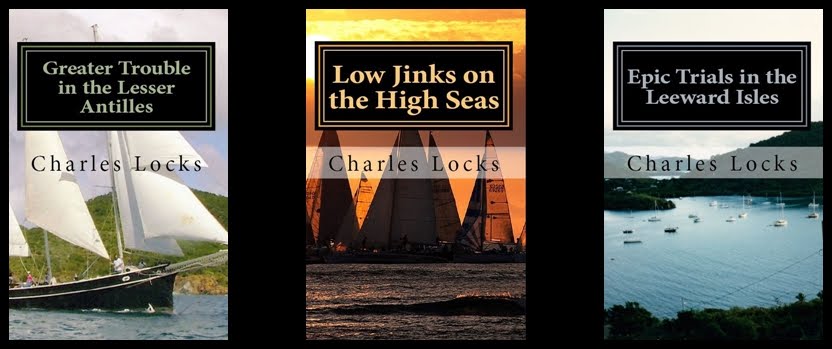In the summer of 1964, the hottest thing going—if you were a
sex-crazed teenage boy—was the topless dancer Carol Doda who performed at Big
Al’s Condor Club in North Beach. We didn’t drive two thousand miles to San
Francisco specifically to see her humongous knockers, but we were in town, and
you can eat dim sum only so many hours a day. My recollection is we never got
inside the nightclub to see the recent attraction. We did look through the windows, along with dozens of
others. My memory tells me there was a closed circuit TV that played the show. I wouldn’t swear to it, but I have a vague recollection of seeing the woman
beyond her larger-than-life image on the marquee, where two red lights
substituted for her breasts. Then again, years and decades of love and strife
and remembering leave smudges on the lens in which we view the past.
Aside from her breasts, the show’s gimmick was a
white grand piano, lowered from the ceiling electronically on cables. Carol was
already on the piano when it made its short journey to the nightclub floor,
after which she began her dance on the piano.
I returned to San Francisco several times after
that, but never saw any reason to visit the Condor Club after I was “legal.” My
good friend’s parents lived on the corner of Washington and Hyde, a noisy intersection
because the cable cars travel up Hyde and turn left on Washington. Fisherman’s
Wharf, Chinatown, and City Lights became favored destinations because we could
get there on foot. On occasion, we’d walk to the Fairmont or Mark Hopkins.
Many years later I met a geographer who had once
worked at US Virgin Islands National Park. Because I had lived in the Virgin
Islands, we had something in common and swapped stories. My favorite story involving
park rangers happened at Cinnamon Bay, a large beach on St. John that caters to
tourists. I must have been with guests from the States, as there are beaches
where you can spend the day without seeing a single person—my idea of a good
day at the beach. The beach at Cinnamon Bay is shallow and drops off slowly, so
you can be quite a distance from shore and stand in waist-deep water, which is
where a young woman decided to get some sun on her breasts. She barely got her
swimsuit top untied when four fully uniformed park rangers simultaneously waded
in after her with the enthusiasm of FBI agents cornering John Dillinger. It
appeared to me at least five of us had been watching her. There was a confab
between the rangers and the embarrassed young lady, all standing in waist-deep
water. I wasn’t close enough to hear what they talked about, but they kept her
company long after she covered up. Simply, West Indians are not fond of public
nudity.
My geographer friend was born and raised in San
Francisco. He told me that during college he worked summers for a company that inventoried
department stores and other businesses. He walked with his team to their new
job. They were near their destination when workmen came up from a sidewalk freight
elevator used to deliver goods. The workmen were excited and waved them over.
Seems a building owner had purchased an adjacent building and hired the workman
to punch a hole in the basement wall to connect the two. The workmen took them
down to the basement to see their discovery. What they found was a German
restaurant, the tables all set up for business. Everything was dusty, as might
be expected since the restaurant was expected to open again on April 18, 1906,
not more than six decades’ later.
Big Al’s Condor Club and Carol Doda disappeared
into the a dusty corner of my mind until I saw a 1983 news article about two
Condor Club employees who decided to engage in recreational sex on the famed
white piano after business hours. In their enthusiasm, one or the other hit the
switch that sent the piano on its way to the ceiling. I remember from the
article that only the man was crushed. He was thicker than his partner who
survived the freaky event. The only moral that comes to mind is to engage in
sex only with a partner who is larger than you. Or play all the piano you want,
but do not engage in sex on top of it. Or shit happens.







